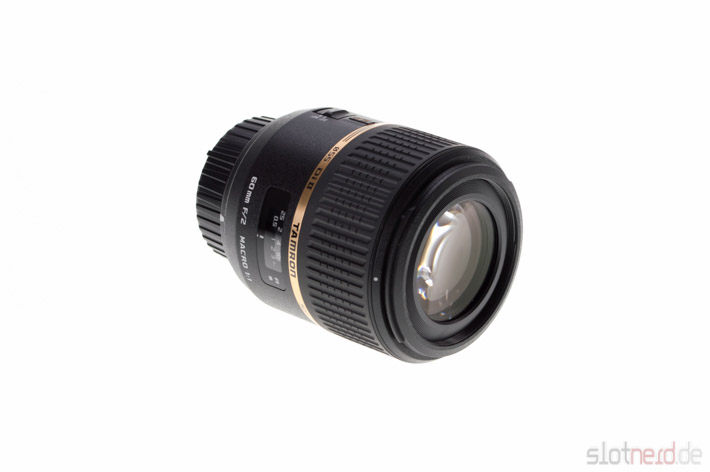

Sony FE 2.8/35 ZA: The Sony FE 2.8/35 was one of the fist FE lenses and is still a popular choice. It is less sharp, comes with stronger vignetting and has worse flare resistance. Samyang 2.8/35: A much smaller and lighter lens and a tad more affordable. Being a rather cheap and and rather slow and close focusing lens boils the competition mostly down to the following options: The list of native 35/40mm lenses is growing constantly. Sharpness peaks at f/5.6, where it is excellent across the frame, even at 61MP. It is perfectly useable wide open and already excellent in the center and the midframe. The Tamron 35mm F/2.8 Di III is an excellent performer when it comes to infinity sharpness. Excellent to the midframeį/4: Barely visible contrast improvement in the center and midframe to peak sharpness, corners improve a bit.į/8: Diffraction starts to show across the frameį/11: Diffraction further decreases contrast and sharpness Distortionį/2.8: Very good sharpness across the frame. Vignetting is pretty strong wide open and improves to moderate values stopped down. Overexposed branches against the bright sunlight, LoCA are well controlled. At f/2.8 there are slight traces but nothing worth noting. One issue when working close though is out of focus highlights become heptagons from f/5.6 on. Like in almost all wide angle lenses, backgrounds with lots of foilage can be more on the nervous side. The good news is that backgrounds are rendered mostly smooth and unobstrusive. With that focal length / aperture combination, it is possible to throw backgrounds out of focus in portrait scenarios easily and in macro scenarios it is even more relevant. Cat’s eyes are visible but they aren’t very pronounced.īokeh is a more relevant aspect of the Tamron 2.8/35 Di III compared to its 24mm and 20mm siblings.Heptagonal aperture shape becomes rather obvious from f/5.6.Bokeh circles are clean with no obvious onion rings.Out of-focus-highlights are rendered neutral with little outlining, even in more demanding scenarios at longer distance.When the sun is just outside of the frame, veiling flare at the edge can appear. It is not easy to provoke ghosting and the lens is also very resistant to veiling flare and retains high contrast even with the sun in the frame. Flare Resistanceįlare resistance is generally very good. These results are based on the use with a Sony Alpha 7RIV. Nevertheless, the lens doesn’t take up too much space in the bag and its weight isn’t distracting at all. The macro feature combined with the choice of consistent 67mm filter diameter among the Tamron E-Mount lineup leads to a rather bulky design for such a slow prime. Size and WeightĪt just 210g the Tamron 35mm f/2.8 is one of the lighter E-mount lenses although it is almost twice as heavy as the non-macro 2.8/35 lenses from Sony/Zeiss and Samyang. It cannot be mounted reversed, but this shouldn’t be an issue here. Just like the other available E-Mount 2.8/35 lenses, this lens also features a rather odd looking hood that works very well and takes 67mm filters too. The Tamron 2.8/35’s hood is made from plastics, locks safely into place and protects the front of the lens well.

Add the small lag experienced with all focus by wire lenses and overall I found the Tamron to be harder to focus manually than most other E-mount lenses. Another issue is that sometimes the focus change isn’t continuous but happens in jumps. Like most I think that this behavior makes focusing manually harder.
#Tamron objektiv test manual
Manual focus is non linear, meaning amount of change in focus distance depends on the speed with which you turn the focus ring. AF isn’t noisy but can be heard in video. Once the AF has locked on to a subject, tracking is quite reliable, but it should better not loose focus. Focus isn’t internally but the front group moves about 10mm which takes a while. AF was on the slow side, especially when it lost focus and started hunting. I used the Tamron 35mm f/2.8 on my A9 and A7RIV. I would say the Tamron feels a little nicer than Sony’s cheapest lenses, like the 1.8/50, but not by much. As always I can’t tell how much these claims are worth. Tamron claims “moisture resistance” and the Tamron 35mm f/2.8 has a rubber gasket. The rubberized focus ring is easy to grip and resistance is on the low side. The outer hull is made from plastics with a metal mount. The Tamron 35mm f/2.8 feels solid enough. It has no buttons and switches and an aperture ring is also missing. With a close focusing distance of 15 cm it reaches a magnification of 1:2 which is an unusual feature for a 35mm lens.īeyond that there are no features worth mentioning. The Tamron’s biggest feature is its unusual close focusing ability.
#Tamron objektiv test free
This copy was loaned to me free of charge from Tamron Germany for a few weeks.


 0 kommentar(er)
0 kommentar(er)
